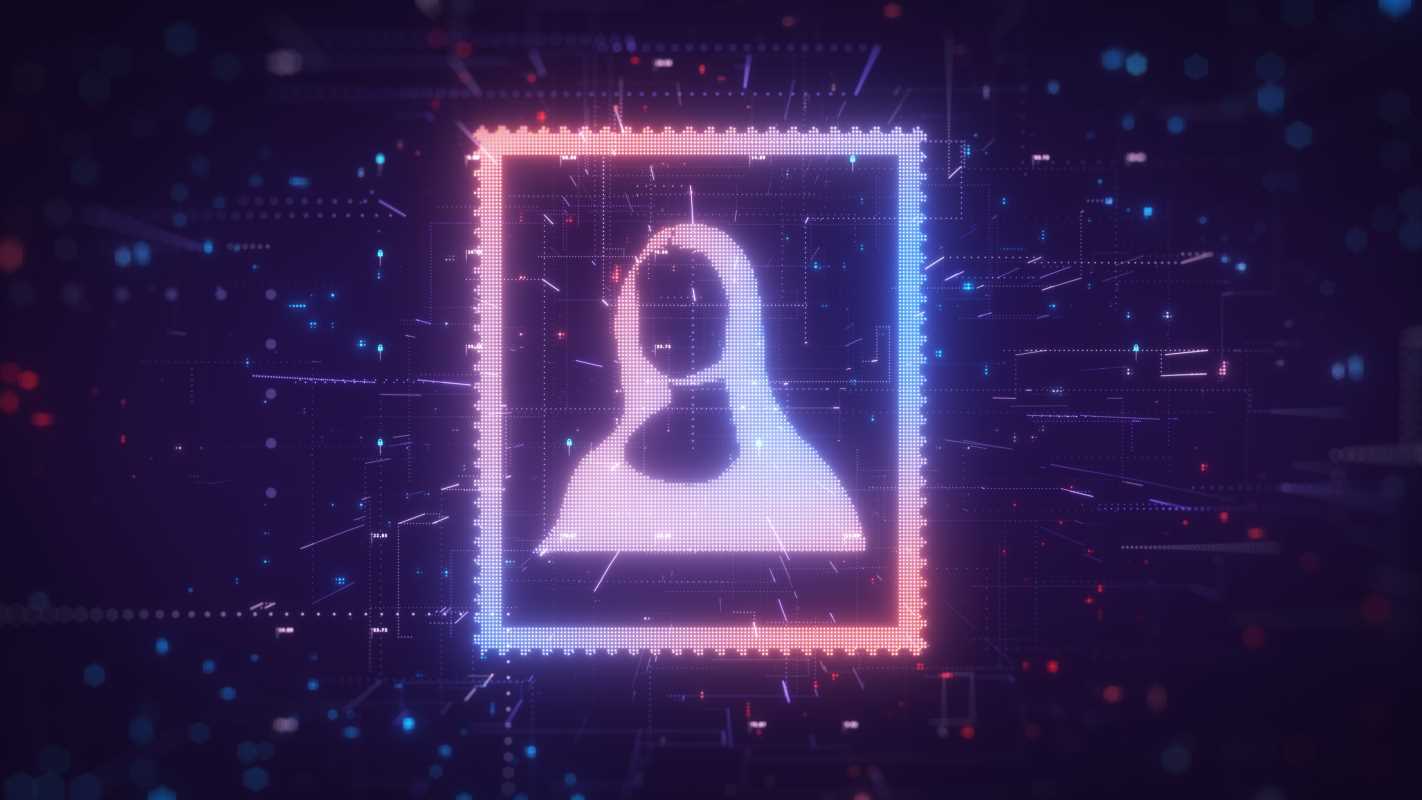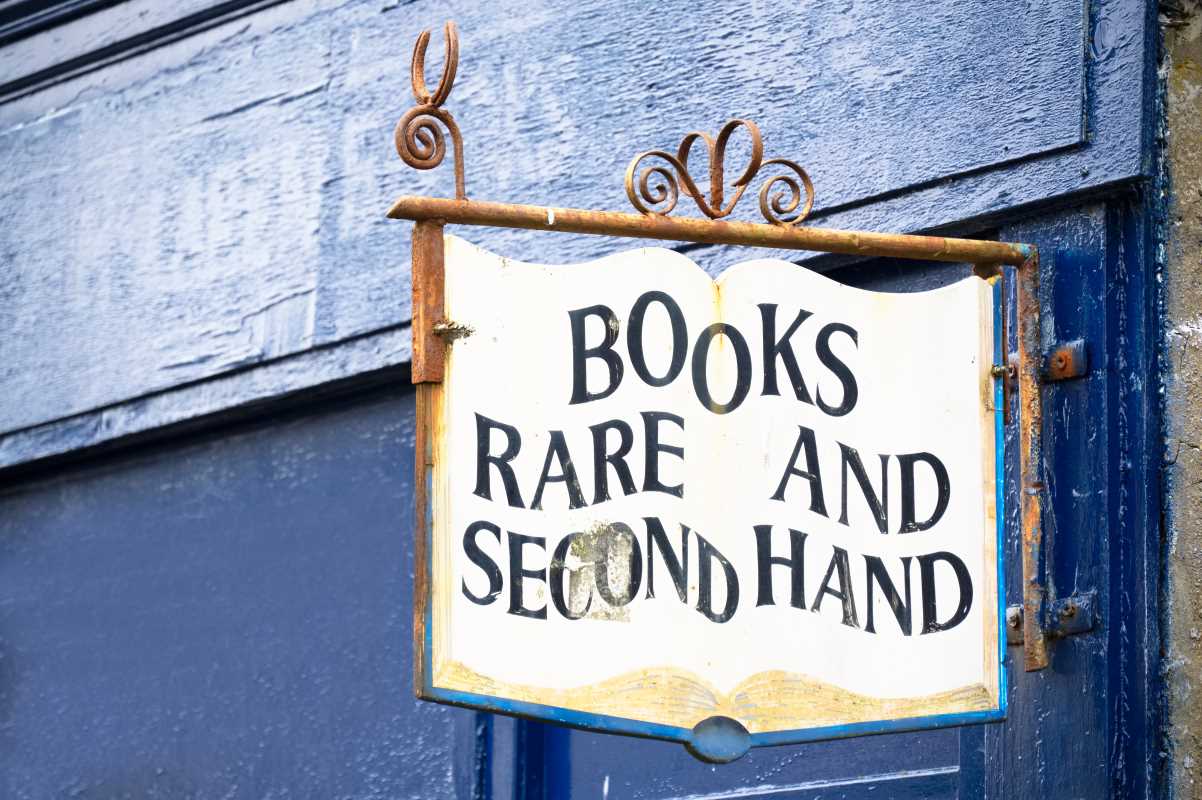Art is evolving in exciting ways. Just a few decades ago, most art existed as physical objects like paintings, sculptures, or prints. Now, in the age of the internet, digital art is taking center stage, and a new technology called NFTs (non-fungible tokens) is reshaping how we think about owning and valuing art.
But what exactly is digital art? And what’s all the hype about NFTs? If you’re curious about this growing trend but find the technical jargon confusing, don’t worry—we’ve got you covered. This article will walk you through what digital art and NFTs are, why they’re making waves in the art world, and what you need to know if you want to explore this exciting market.
What Is Digital Art?
Digital art is any kind of artwork that’s created or presented using digital technology. Unlike a traditional painting or sculpture, which you can hold in your hands, digital art exists in a digital format. You might encounter digital art as illustrations, animations, videos, 3D models, or even interactive experiences.
Think of it like this: if an artist creates a drawing using a computer program like Photoshop or Procreate, it’s digital art. Similarly, a meme, a piece of animation, or a visually stunning video game design also falls under the umbrella of digital art.
Why Is Digital Art Growing in Popularity?
Digital art has been around for decades, but it’s more popular now than ever before. Why? One reason is that more people are consuming content online. Artists can showcase their creations on platforms like Instagram, TikTok, and YouTube, reaching global audiences without needing a physical gallery.
Another reason is that technology has made creating digital art easier. Tools for making art digitally have become more affordable and user-friendly, allowing artists of all skill levels to experiment with this medium.
Finally, digital art’s ability to be shared and duplicated endlessly makes it perfect for today’s connected world. It’s accessible, interactive, and appeals to a younger, tech-savvy audience.
NFTs: A New Way to Own Digital Art
If digital art can be shared endlessly online, you might wonder, “How do people own it? Can’t I just download an image or screenshot it?” That’s where NFTs come in.
NFTs, or non-fungible tokens, are like digital certificates of authenticity. They use blockchain technology (the same technology behind cryptocurrencies like Bitcoin) to prove that someone owns a specific piece of digital content.
What Does “Non-Fungible” Mean?
The term “non-fungible” means something is unique and can’t be replaced by something else. For example, a dollar bill is fungible; if you swap one dollar for another, you end up with the same thing. But a rare trading card or a signed piece of artwork is non-fungible because it’s one of a kind.
An NFT is like a digital version of that rare trading card. It’s a unique token that represents ownership of a specific digital item, whether it’s a piece of digital art, a GIF, a song, or even a virtual game asset.
How Do NFTs Work?
NFTs are built on blockchain networks, with Ethereum being the most common platform used for creating and trading them. The blockchain acts like a digital ledger, keeping a record of who owns an NFT and ensuring that this ownership information can’t be tampered with.
When you buy an NFT of a digital artwork, you’re not buying the physical rights to the artwork. Instead, you’re buying the unique token that proves you officially own it. Think of it as buying an autographed copy of a book rather than owning the rights to the story itself.
Why Are People Investing in NFTs?
NFTs have exploded in popularity, creating an entirely new market for digital art. Some pieces have even sold for millions of dollars! Here are a few reasons why people are getting involved.
1. Supporting Artists
For digital creators, NFTs offer a new way to make money. Instead of relying on ad revenue or commissions, artists can sell their work directly to collectors. Plus, NFTs often include a smart contract that allows artists to earn royalties every time their work is resold, ensuring they continue to benefit from their creations over the long term.
2. Exclusivity and Ownership
People value NFTs because they bring the concept of “ownership” to the digital world. Even though you can download an image of an NFT, only one person holds the official ownership token, giving it a sense of exclusivity.
It’s like owning an original painting versus buying a poster of that painting. The poster might look the same, but it doesn’t have the same value as the original.
3. Investment Potential
Some investors see NFTs as a way to make money, betting that their value will rise over time. For example, the artist Beeple sold an NFT called Everydays: The First 5000 Days for $69 million in 2021. Early NFT buyers who purchased works for much less have since resold them for incredible profits, sparking interest in NFTs as a financial asset.
How Can You Get Started in Digital Art and NFTs?
Entering the world of NFTs and digital art might feel daunting, but with a few steps, anyone can get started.
1. Find a Platform
There are several platforms where artists can create and sell NFTs, including OpenSea, Rarible, and Foundation. Collectors can browse and purchase works from these sites, exploring a wide range of art styles and creators.
2. Get a Digital Wallet
To buy, sell, or mint NFTs, you’ll need a digital wallet to store cryptocurrency. Ethereum is the most widely used currency for NFTs, and wallets like MetaMask make managing your funds simple.
3. Do Your Research
Before buying any NFT, it’s essential to do your homework. Research the artist and their reputation, check the NFT’s details (like scarcity and smart contract terms), and consider whether the work has investment potential or purely personal value to you.
Challenges in the NFT Market
While the NFT market is exciting, it’s also not without its challenges.
Environmental Concerns
Creating and trading NFTs uses a significant amount of energy because of how blockchains operate. Some critics argue that the environmental impact of NFTs makes them unsustainable in the long run. Efforts are being made to create greener blockchain technologies, but it’s an ongoing issue.
Speculation and Risk
NFTs can be highly speculative, meaning their value can rise or fall dramatically in short periods. Some worry that the current market is inflated and could lead to a bubble bursting, leaving many buyers with tokens that lose their value.
Accessibility
While NFTs have opened new opportunities for digital artists, not everyone can afford to create or collect them. Gas fees (the cost of processing transactions on the blockchain) can make minting NFTs expensive, which might be a barrier for smaller creators.
 (Image via
(Image via





